
Petr Pelčák - Atelier Brno in Prague
On the first Thursday of April, another lecture from the KRUH cycle “Brno in Prague” took place in the beautiful space of Fantova building at the Main Train Station. After Svatopluk Sládeček, Petr Pelčák presented the Prague works of the Brno studio Architekti Hrůša & Pelčák.
At the beginning of the lecture, Petr Pelčák documented the distinctiveness of Moravian culture in relation to Czech culture. He illustrated his thesis about a certain higher civility and also poetics of Moravian creation using examples from architecture, music, and literature from the First Republic.
The examples presented were from the period of functionalism, when the ideas of the avant-garde were alive, and when Prague architects were building in Prague and Brno architects in Brno. Pelčák himself doubts the existence of the mentioned differences even today, but he expresses his personal sympathies for unpretentiousness and poetics.
In the next part of the lecture, Petr Pelčák describes the works of the Brno studio in Prague, detailing Pyrrhic victory in the competition for the Pankrác development, as well as work on studies for large administrative centers and residential complexes. He describes the loss of significant inspiration in the battle with coefficients, disposition schemes, and constraining norms, where the joy of architecture and the search for the meaning of the whole building gradually fade away, leaving only work on design and facade modules.
Pelčák's emotional presentation in the discussion revealed that he is well aware of the weakness of the position of the "non-star" architect against the large anonymous client. It is notable that after the zoning decision, there were several changes of investors and architects, and the fate of two state projects - the reconstruction of the Royal Garden of Prague Castle and starter apartments in Říčany - was also telling: the first project was halted due to financing issues (sic), while the second was assigned to someone else despite winning the competition.
It is a pity that in the final presentation of contemporary works, there was not more space precisely for state and public projects in Moravia, where, at least for me, the greatest strength of Brno architects lies, including the mentioned regional sensitivity and poetics. And also for the question of whether the difference in the approach of clients is truly dictated by our national mentality or by greater pressure from the globalized world in cosmopolitan Prague and deeper degradation of societal values and morality during communism.
At the beginning of the lecture, Petr Pelčák documented the distinctiveness of Moravian culture in relation to Czech culture. He illustrated his thesis about a certain higher civility and also poetics of Moravian creation using examples from architecture, music, and literature from the First Republic.
The examples presented were from the period of functionalism, when the ideas of the avant-garde were alive, and when Prague architects were building in Prague and Brno architects in Brno. Pelčák himself doubts the existence of the mentioned differences even today, but he expresses his personal sympathies for unpretentiousness and poetics.
In the next part of the lecture, Petr Pelčák describes the works of the Brno studio in Prague, detailing Pyrrhic victory in the competition for the Pankrác development, as well as work on studies for large administrative centers and residential complexes. He describes the loss of significant inspiration in the battle with coefficients, disposition schemes, and constraining norms, where the joy of architecture and the search for the meaning of the whole building gradually fade away, leaving only work on design and facade modules.
Pelčák's emotional presentation in the discussion revealed that he is well aware of the weakness of the position of the "non-star" architect against the large anonymous client. It is notable that after the zoning decision, there were several changes of investors and architects, and the fate of two state projects - the reconstruction of the Royal Garden of Prague Castle and starter apartments in Říčany - was also telling: the first project was halted due to financing issues (sic), while the second was assigned to someone else despite winning the competition.
It is a pity that in the final presentation of contemporary works, there was not more space precisely for state and public projects in Moravia, where, at least for me, the greatest strength of Brno architects lies, including the mentioned regional sensitivity and poetics. And also for the question of whether the difference in the approach of clients is truly dictated by our national mentality or by greater pressure from the globalized world in cosmopolitan Prague and deeper degradation of societal values and morality during communism.
The English translation is powered by AI tool. Switch to Czech to view the original text source.
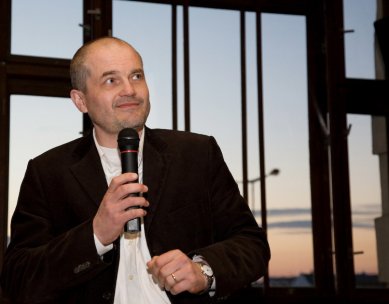
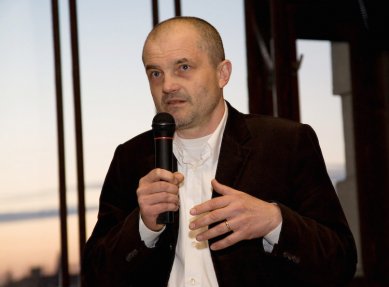
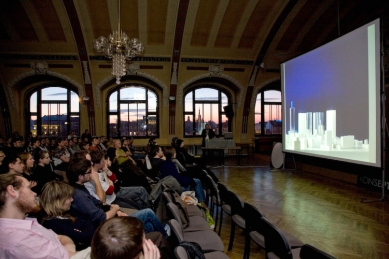
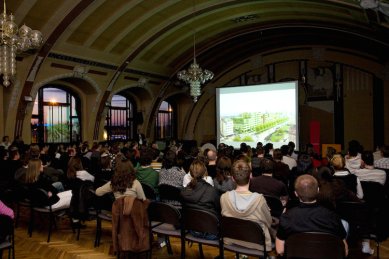
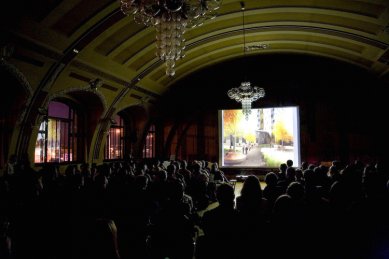
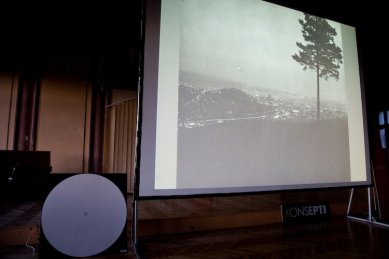
0 comments
add comment










